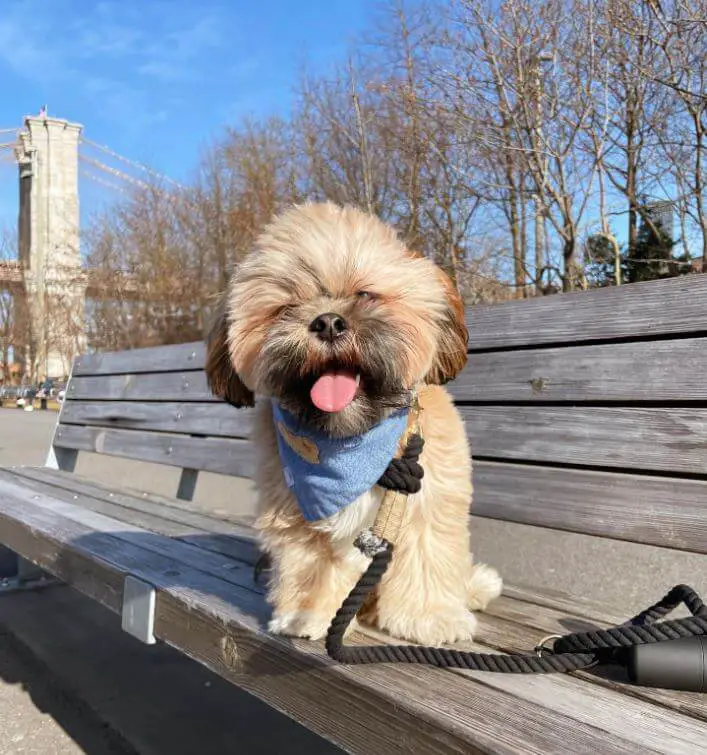As loving pet owners, it’s essential to understand the risks of dogs overheating, especially during hot weather or intense physical activities. Heat-related illnesses can be life-threatening for dogs, but with proper knowledge and preventive measures, you can keep your furry friend safe and cool. In this article, we’ll explore the signs and symptoms of dogs overheating, as well as effective prevention strategies to ensure your dog stays comfortable and healthy.

Recognizing the Signs of Overheating:
Familiarize yourself with the signs of dogs overheating, which include excessive panting, drooling, rapid breathing, bright red or pale gums, weakness, confusion, vomiting, diarrhea, and collapse. Increased body temperature above 103°F (39.4°C) is a serious indication of overheating.
Understanding Risk Factors:
Certain factors can increase the risk of dogs overheating, such as brachycephalic breeds (e.g., Bulldogs, Pugs), obesity, older age, underlying medical conditions, excessive exercise in hot weather, and prolonged exposure to high temperatures without adequate shade or water.

Preventive Measures:
Take proactive steps to prevent dogs from overheating:
- Provide Ample Shade: Create shaded areas in your yard and ensure your dog has access to cool spots throughout the day.
- Fresh Water Availability: Always provide fresh, cool water in multiple locations. Consider using a pet water fountain to keep water circulating and cool.
- Avoid Hot Pavement: Walk your dog during cooler times of the day, and check the pavement temperature with your hand to prevent paw pad burns.
- Limit Exercise in Heat: Avoid strenuous activities during peak temperatures and opt for early morning or late evening exercise when it’s cooler.
- Never Leave Dogs in Cars: Even with cracked windows, temperatures in parked cars can quickly reach dangerous levels. Never leave your dog unattended in a vehicle.
- Use Cooling Accessories: Consider using cooling vests, bandanas, or mats specifically designed to help regulate your dog’s body temperature during hot weather.
- Indoor Comfort: Keep your home well-ventilated and maintain a comfortable indoor temperature. Utilize fans or air conditioning if available.
- Recognize Individual Sensitivity: Some dogs may be more susceptible to heat, so closely monitor them and adjust preventive measures accordingly.

Immediate Action for Overheating:
If you suspect your dog is overheating, take immediate action:
- Move to a Cool Area: Transfer your dog to a shaded, well-ventilated area or indoors if possible.
- Cool Down: Apply cool, not cold, water to your dog’s body, especially the abdomen, groin, and paw pads. Use wet towels or a hose.
- Offer Water: Allow your dog to drink small amounts of cool water.
- Seek Veterinary Assistance: If your dog’s condition doesn’t improve or worsens, contact your veterinarian for guidance.

Preventing dogs from overheating requires vigilance and proactive measures. By recognizing the signs of overheating, understanding risk factors, and implementing preventive strategies such as providing shade, ensuring fresh water, avoiding hot pavement, and limiting exercise in extreme heat, you can protect your beloved canine companion. Remember, immediate action is crucial if overheating occurs. Stay aware, stay prepared, and keep your dog cool and comfortable, especially during hot weather.
